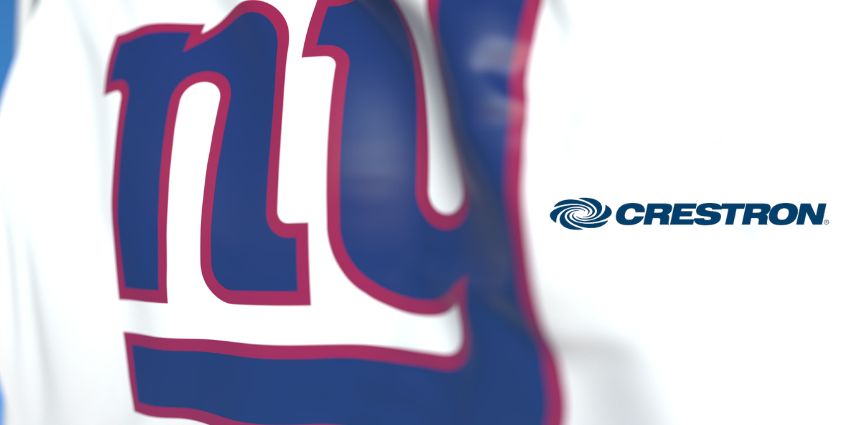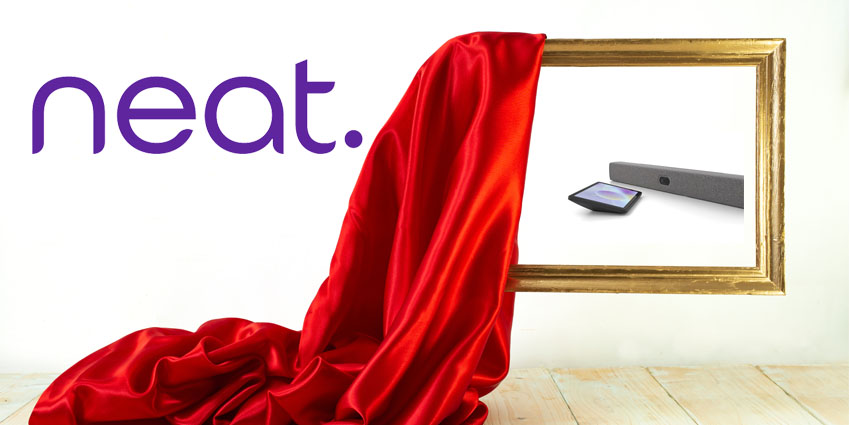Even with massive advances in collaboration technology encompassing instant messaging, text, email and video, traditional voice communication still remains the method of choice for businesses. The traditional tool to enable that has been the deskphone. Even with the greater use of mobile and softphones the deskphone still remains as the main stay in the workplace. Wainhouse Research, the independent analyst and research firm, recently published a study claiming that almost 85% of businesses still rely on the classic deskphone as one of their key business tools.
With over 10 years under his belt at Alcatel-Lucent Enterprise (ALE), within research and development and as a program manager, David Zhou knows the environment well. The VoIP phone market, which you would have thought might be on the decline, in the wake of ever increasing competition from other mediums, appears to still be growing.
“The market reports show that in the coming five years – from 2017 to 2021 – the business phone shipment market will grow slightly from 29.5M units to 31.6M units. More interesting is that within the same timeframe, deployment of IP phones will grow from 74% to make up 82% of all business phones.”
The rise of IP phones wouldn’t be unexpected but the medium term increase in the deskphone market in general might come as more of a surprise. This market increase could be partly due to developing geographical markets but that isn’t the only reason for the increase. Instead of being replaced by a mobile or softphones the deskphone is being used in conjunction with these other voice tools as part of a larger communications eco-system.
There a various possible reasons for the continued use of the deskphone alongside the other devices. The main one might be familiarity for users. But also the new generation of deskphones are IP based and are potentially much more cost effective than a similarly feature rich mobile phone. User-friendly technology was a key factor for ALE during the development of their new proposition the 8008.
“We heard from our customers that they really appreciated the existing hardware quality, extended business communications features and the attractive price.”

The 8008 now features a larger and improved 2.4-inch LCD screen as well as simplified keys and navigators to improve end user experience. Advanced security features such as IPSEC encryption reassure business that it is suitable for either office or remote use. This is a critical feature with the increase in home working. Updates are being released regularly and the next development will enable the device to be used in standard SIP, which means the phone can work with a standard SIP server.
Increasing development from companies like ALE will ensure the modern day deskphone stays relevant in the new era of Unified Communication and Collaboration.






